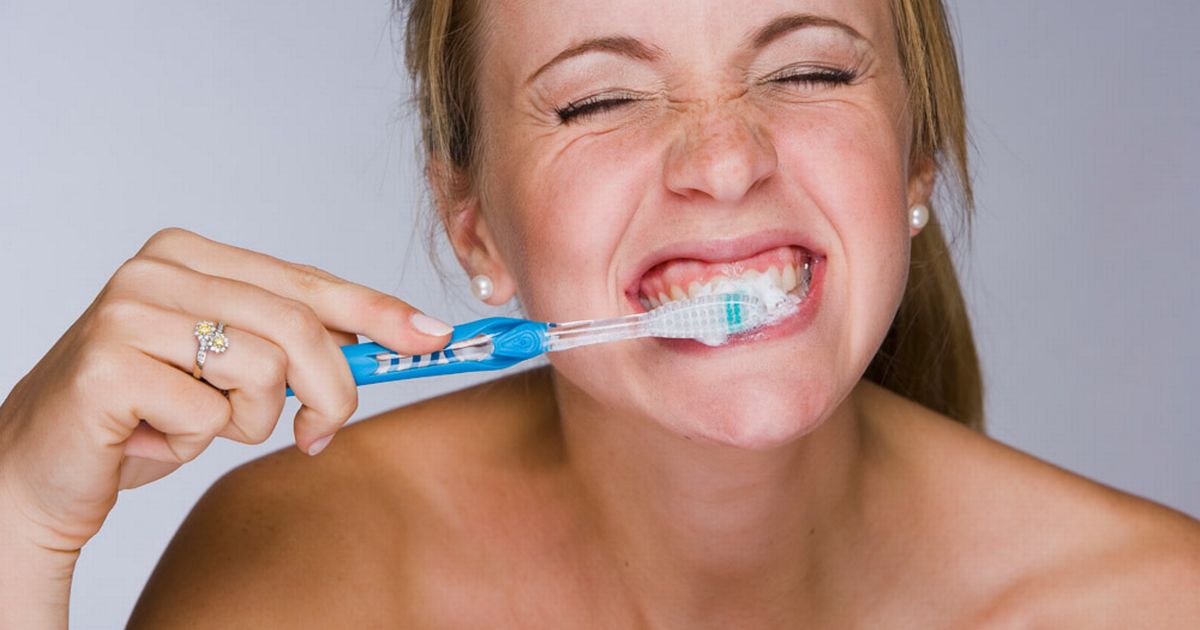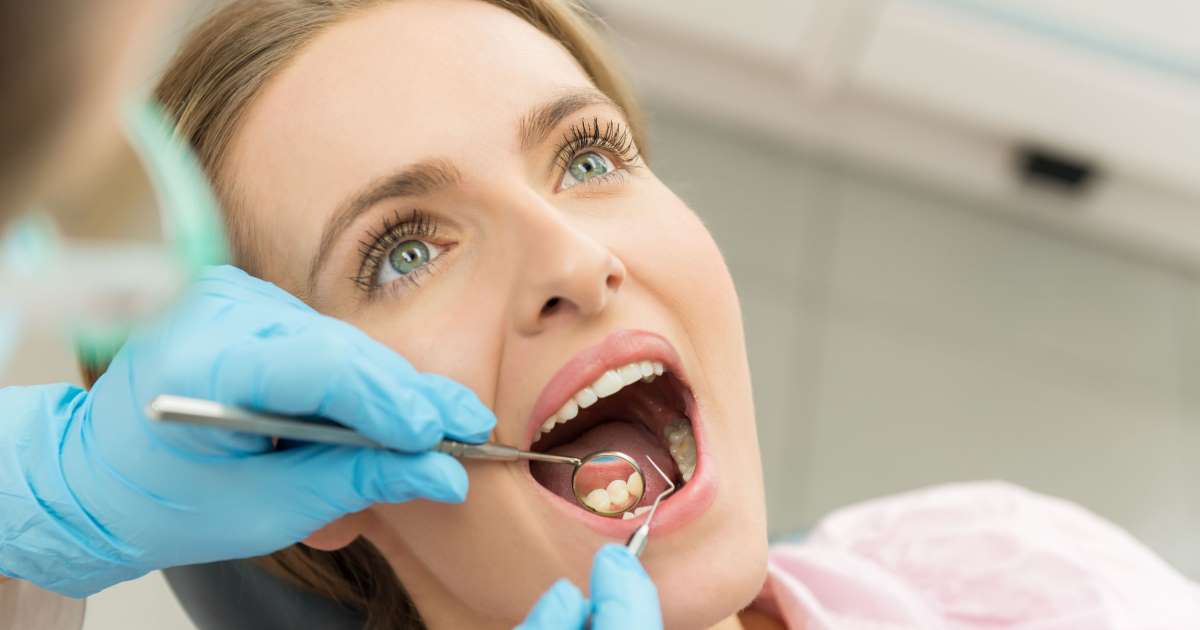Guide To Treating Sialorrhea
Sialorrhea is the medical term for excessive salivation or drooling. This problem is commonly found in children with neurological impairments, as well as in adults who have had a stroke or those with Parkinson's disease. The most common cause is difficulty controlling the facial and oral muscles. There are also several contributing factors, including excessive secretion of saliva, postural problems, teeth problems, and difficulty with recognizing when saliva is spilling. Sialorrhea can have multiple physical complications like dehydration, odor, and chapping. It can also cause social complications due to stigmatization, which can be detrimental to an individual's quality of life.
Proper Oral Hygiene

One of the ways to treat sialorrhea is through proper oral hygiene. This won't necessarily rectify the problem entirely, but it can help. It's important to note, though, sialorrhea is not a sign of poor dental hygiene. Hygiene procedures can help to treat certain complications from excessive drooling. For example, they may help with dehydration or with the germination of bacteria that occurs due to dehydration. Wearing lip balm can help chapped lips. Most dentists recommend brushing one's teeth twice a day, which helps prevent cavities and decay from forming.
While many individuals brush in the morning, they may neglect to brush at night. It's important to brush teeth before bed because plaque and germs accumulate during the day. If individuals aren't swallowing their saliva, the dryness in their mouth makes the bacteria breed even more voraciously. An electric toothbrush tends to be more effective than a manual one, and it may be easier for individuals with neurological impairments to operate. While fluoride toothpaste isn't recommended for young children, it is a good choice for adults.
Cavity Filling

It's recommended for individuals to see a dentist for a regular cleaning and routine checkup every six months, though some patients with certain mouth conditions may need to see their dentist more often. During these checkups, the dentist can check for cavities. Cavities should be filled as soon as possible to prevent further tooth decay and pain. A cavity is a hole in the tooth caused by decay. This hole still contains bacteria that created the decay in the first place.
If the bacteria is left unchecked, it will keep spreading and damaging the tooth. The cavity will get bigger, teeth will become more sensitive, and individuals may eventually lose the affected tooth entirely. A filling removes this bacteria and plugs the hole so more can't fester. This is a preemptive procedure that helps prevent patients from developing worse complications in the future. After carefully removing the bacteria, the dentist will fill the hole. The majority of today's fillings are created out of composite resin, though some might be made of glass ionomer or silver amalgam.
